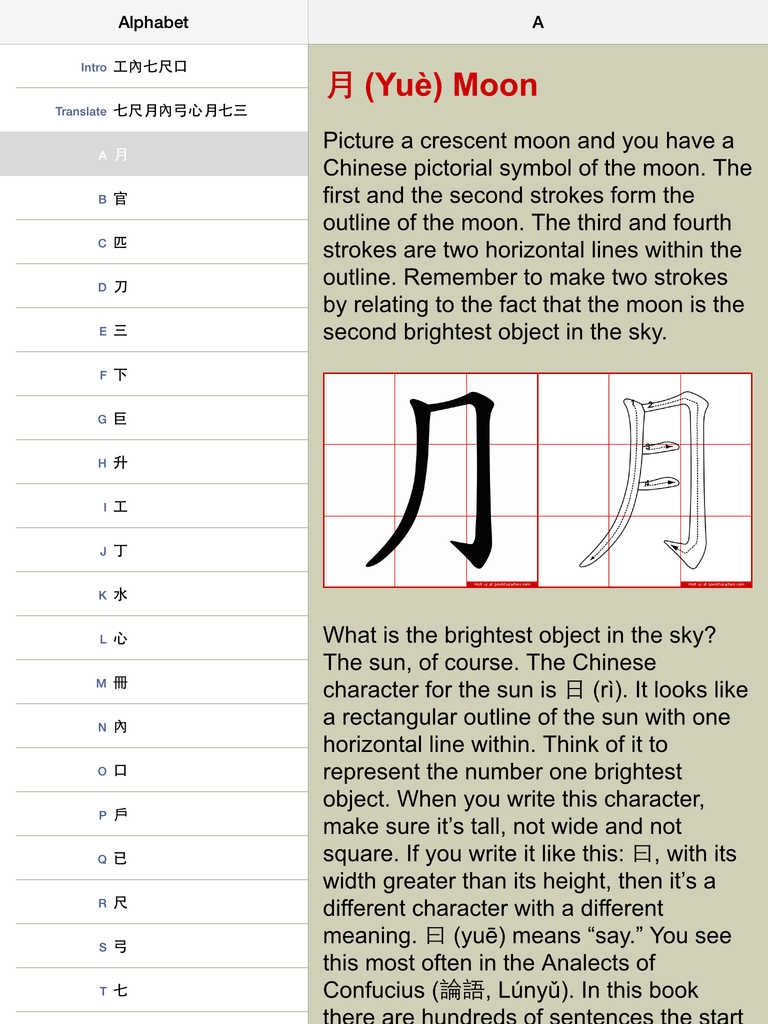

Teaching runs from the end of September to the following June. The latter covers audio description and subtitling tool (WinCap).Īll our modules are taught by specialist staff. The former simulates practical localisation projects in their life cycle, from briefing, project management to delivery. Translation technology - study localisation and audiovisual translation training.Interpreting - study both, simultaneous and public service interpreting, which when combined with the bilateral interpreting completed in term one, completes the picture of professional interpreting.Translation - study a range of specialised texts from real life translation cases.You will deepen your knowledge and skills in your area of interest (from the three areas below) through your choice of optional modules. We also provide training to encourage critical thinking. To maintain your language proficiency at a higher level, you'll study advanced language modules in Chinese or English. We offer an introduction to translation technology, focussing on CAT tools (Translator’s Toolbox) where students learn different types of technology-enabled translation activities. You will be introduced to foundational translation skills and consecutive interpreting (Bilateral interpreting 1) as two core modules.

The remainder of your modules will be taken from a selection of optional modules. This comprises core modules (including the 60 credit Targeted Translation Project). You will take 120 credits of modules in total. Whether they want to become a localisation manager, a translator or conference interpreter they will be able to say 'look, I've been trained in this'." Yvonne Lee, Assistant Professor in Chinese-English Translation and Interpreting - read full conversation This means that upon graduation, students know they have the right skills to find a job in the language service sector. " We cover a range of professional skills required within the industry.


 0 kommentar(er)
0 kommentar(er)
